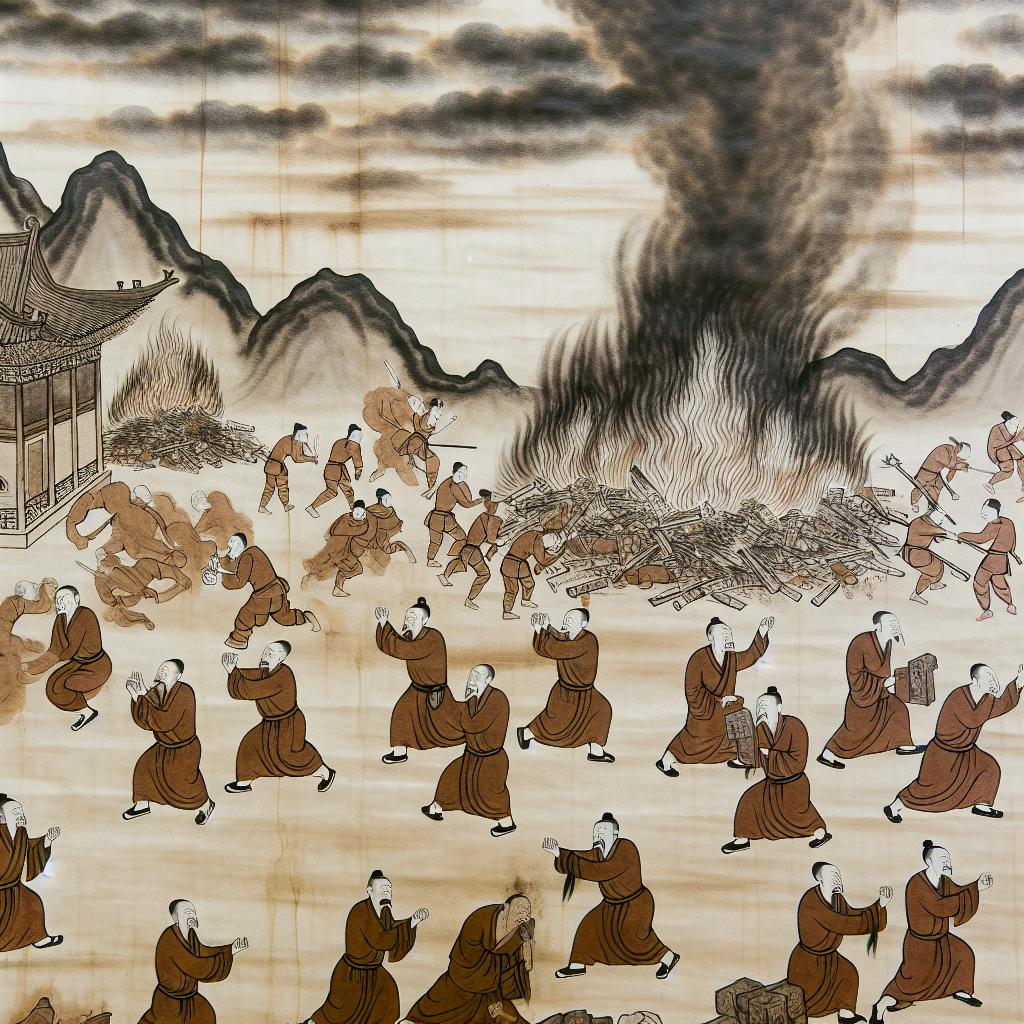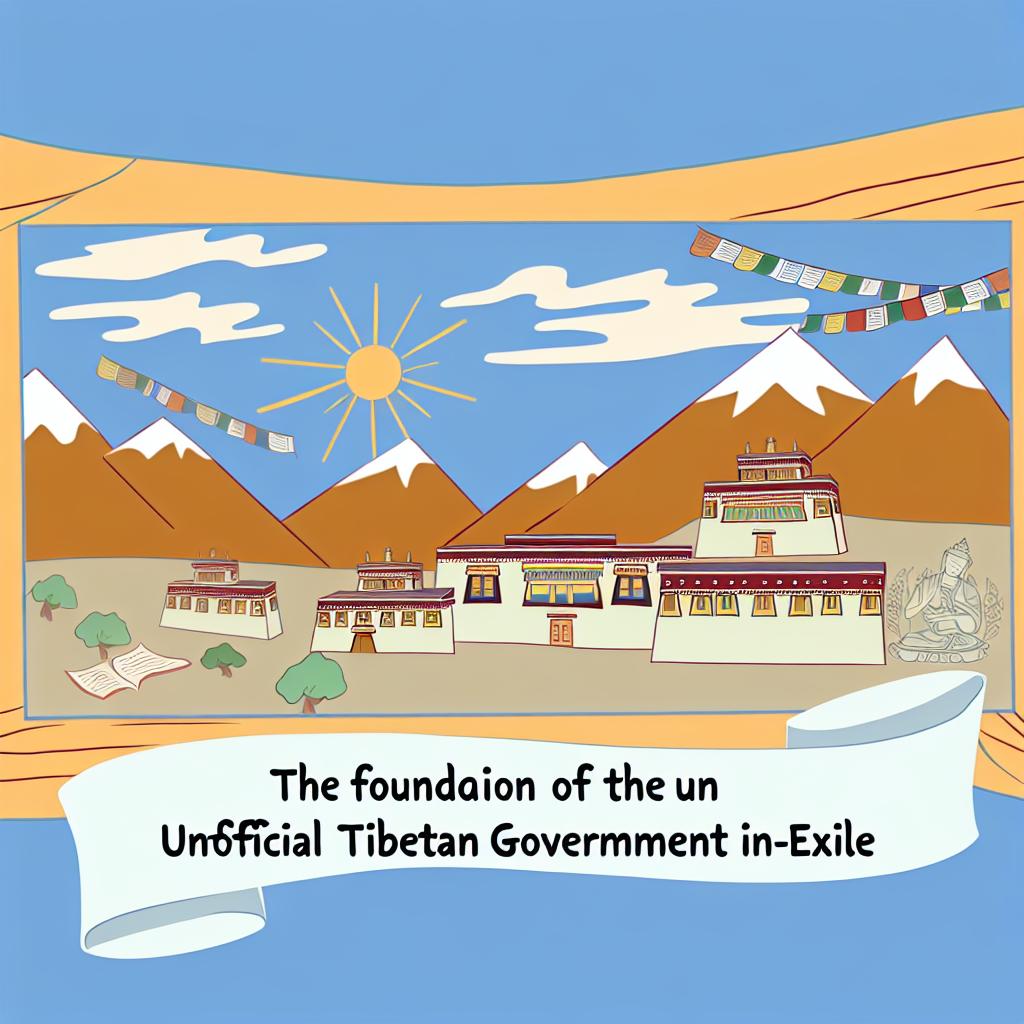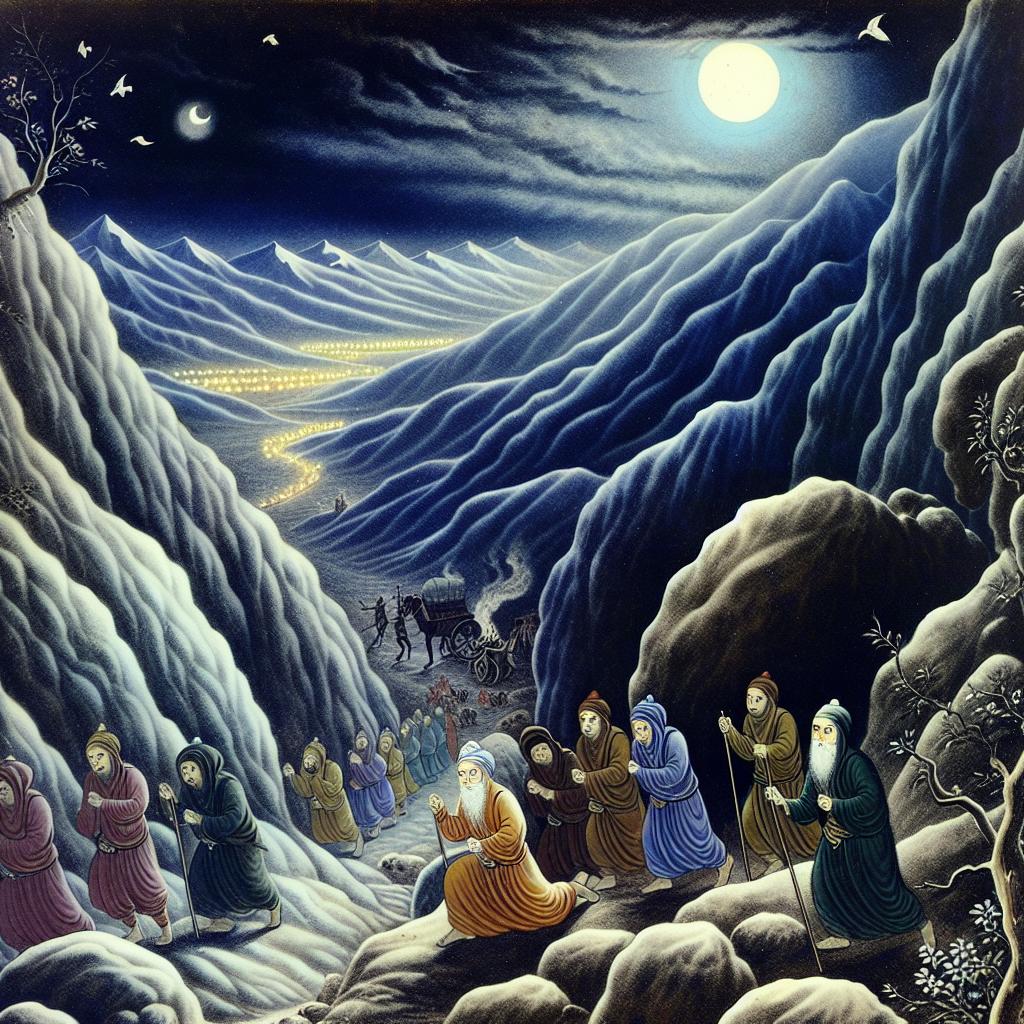The Historical Context of the Chinese Invasion
The Chinese invasion of Tibet in 1950 stands out as a pivotal moment in the history of the region, not only because it altered the political landscape but also due to the cultural implications it had on Tibetan society. The Chinese authorities referred to this intervention as the “Peaceful Liberation of Tibet,” a phrase that belies the complex realities of conflict and cultural disruption that ensued. The People’s Liberation Army (PLA) crossed into Tibetan territory with the intent of asserting Chinese governmental control. This action was met with resistance from Tibetan leaders and their communities who valued their autonomous governance and cultural distinctiveness.
Monasteries: Cultural and Spiritual Centers
In Tibetan society, monasteries have traditionally served far beyond their religious functions. They are cultural bastions, maintaining educational and social roles within the community. These institutions are vital for preserving Tibetan Buddhism’s teachings and house invaluable scholarly works and texts. Monasteries also play a significant role in community identity, acting as locations for gatherings and celebrations that uphold local customs and traditions, creating a strong sense of community and continuity.
The Destruction of Monasteries
The decades following the Chinese invasion, particularly the 1950s and 1960s, marked a dark period for Tibetan monasteries. During this time, numerous religious establishments were closed or destroyed due to policies promoted by the Chinese Communist Party. The party’s agenda aimed at integrating Tibet into the larger framework of the People’s Republic of China, and eliminating potential sources of resistance was a priority. The closure and destruction of monasteries were part of a strategy to weaken Tibetan societal structures that could pose a threat to Chinese central authority.
Reasons for Targeting Monasteries
Multiple reasons contributed to the specific targeting of Tibetan monasteries:
1. Control Over Religious Influence: In Tibet, religious leaders often wielded significant authority within communities, serving as spiritual guides and arbiters of moral and social guidance. The Chinese government aimed to curtail this influence, which could potentially rival the state’s political ideology and control.
2. Suppression of Rebellion: Beyond their spiritual and educational roles, monasteries sometimes operated as centers of organized resistance against external threats, including Chinese rule. By dismantling these institutions, the Chinese authorities sought to stifle any organized opposition against their governance.
Effects on Tibetan Culture and Society
The decimation of these spiritual centers left indelible marks on Tibetan culture and society. The removal and degradation of monastic institutions disrupted the monastic education system, which was crucial for the preservation and transmission of Tibetan knowledge and cultural practices. Many sacred texts and culturally significant artifacts suffered irreversible damage or were lost altogether, resulting in a profound cultural and spiritual void within the community. This loss had a cascading effect on Tibetan identity, weakening the social fabric that relied heavily on these spiritual anchors.
Efforts Towards Revival and Preservation
In more recent years, there have been significant efforts by both the Tibetan diaspora and those within Tibet to preserve the remaining fragments of their rich cultural and spiritual heritage. These efforts include rebuilding monasteries and initiating projects aimed at educating younger generations about their cultural traditions and religious practices. Such initiatives, however, are not without challenges. Political restrictions and the sensitivity of Tibetan-Chinese relations often pose significant barriers to these preservation efforts. Despite these challenges, the resolve to revive and keep intact the cultural identity continues to drive the Tibetan community’s actions.
To gain a deeper understanding of this ongoing situation, interested individuals can explore resources such as the Central Tibetan Administration and the Tibetan Cultural Preservation Society, which provide valuable insights into the Tibetan efforts for cultural preservation and revival.
Ultimately, the Chinese invasion of Tibet and subsequent shifts in governance brought about profound changes, not just politically but also culturally and socially. The intricate tapestry of Tibetan culture, heavily intertwined with its spiritual traditions, navigates a path of resilience and perseverance. As Tibetans continue to engage in efforts to preserve their heritage, their actions serve as a testament to the enduring strength of their communal identity and cultural legacy.




